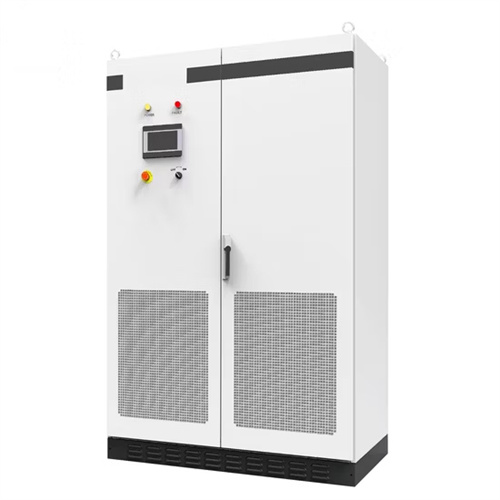About Feed in tariff solar energy
A feed-in tariff (FIT, FiT, standard offer contract,advanced renewable tariff,or renewable energy payments ) is a policy mechanism designed to accelerate investment intechnologies by offering long-term contracts to renewable energy producers. This means promising renewable energy producers an above-market priceand providing price certainty and long-term contracts that help finance renewable energy investments. Typically, FITs award diffe.
As the photovoltaic (PV) industry continues to evolve, advancements in Feed in tariff solar energy have become critical to optimizing the utilization of renewable energy sources. From innovative battery technologies to intelligent energy management systems, these solutions are transforming the way we store and distribute solar-generated electricity.
When you're looking for the latest and most efficient Feed in tariff solar energy for your PV project, our website offers a comprehensive selection of cutting-edge products designed to meet your specific requirements. Whether you're a renewable energy developer, utility company, or commercial enterprise looking to reduce your carbon footprint, we have the solutions to help you harness the full potential of solar energy.
By interacting with our online customer service, you'll gain a deep understanding of the various Feed in tariff solar energy featured in our extensive catalog, such as high-efficiency storage batteries and intelligent energy management systems, and how they work together to provide a stable and reliable power supply for your PV projects.
Related Contents
- Feed in tariff solar energy
- Alinta energy solar feed in tariff nsw
- Alinta energy solar feed in tariff
- Best electricity company for solar feed in tariff
- Agl solar power feed in tariff
- Feed solar inverter to existing wires
- How many solar panels i need to feed inverters
- California renewable energy feed-in tariff
- Solar energy thermal
- Solar energy facts 2022
- What is photovoltaics solar energy
- Capacitor energy storage solar


